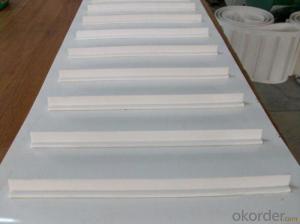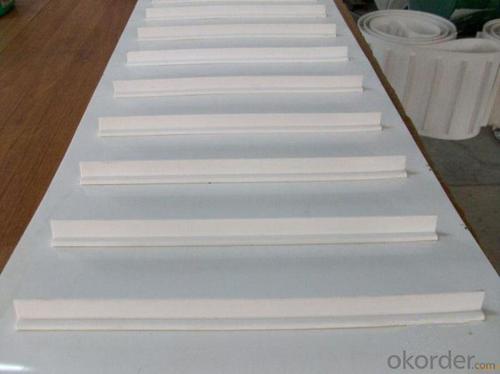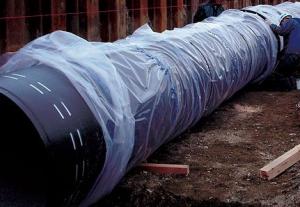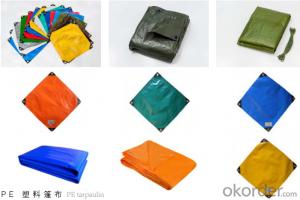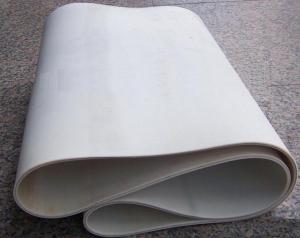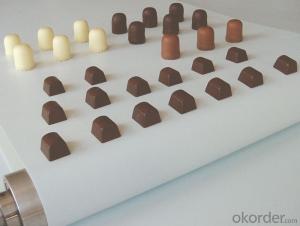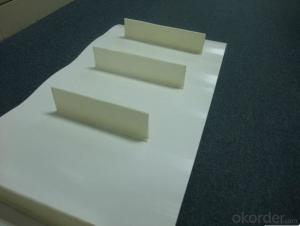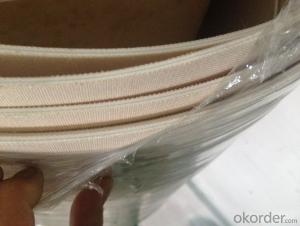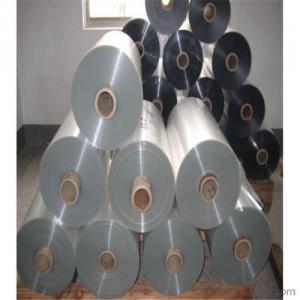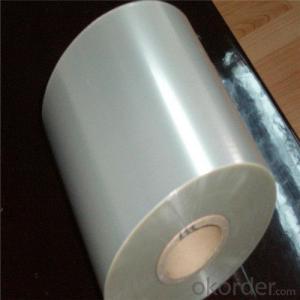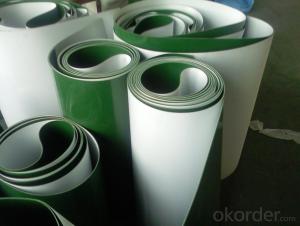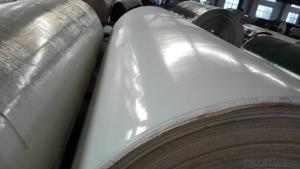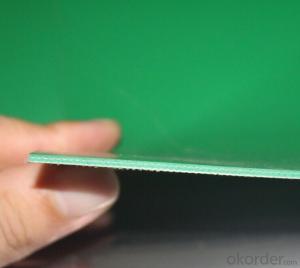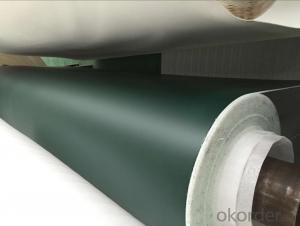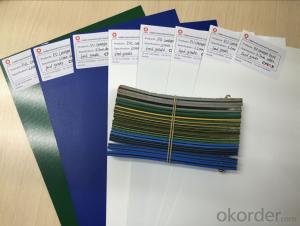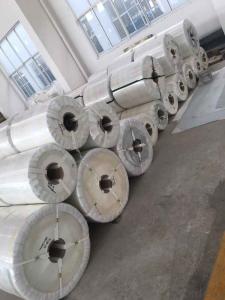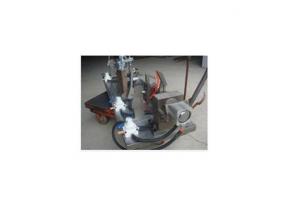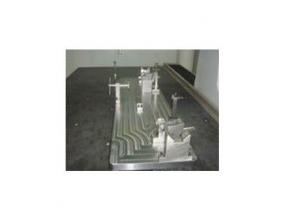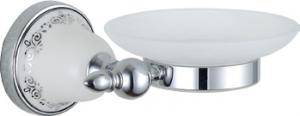High Quality Food Approved White PU / PVC Conveyor Belts
- Loading Port:
- China main port
- Payment Terms:
- TT OR LC
- Min Order Qty:
- 10 m²
- Supply Capability:
- 6000000 m²/month
OKorder Service Pledge
OKorder Financial Service
You Might Also Like
Food Processing Conveyor Belt
Food Processing Conveyor Belt Introduction
Food processing conveyor belt choose high quality high strength polyester fabric are the core, coated with PU or PVC as loading surface. With advantages of good flexibility, material environmental friendly, light duty, high tensile strength, anti oil, easy learning, our food processing conveyor belt meet EU and USA market requirements.
Food Processing Conveyor Belt Application
Food processing conveyor belt is widely used in food industry, such as vegetables, snack food, beer, sea food, etc.
Food Processing Conveyor Belt Advantage
Food processing conveyor belt is made of harmless material, no toxicity, no smell, anti-oil, easy cleaning, high tensile strength, good flexibility, light weight, solid and durable.
Food Processing Conveyor Belt Specifications
Total thickness(mm) 0.8~5.0 | Top coating hardness( Shore A) 55~92 |
Total weight(kg/m2) 0.9~5.4 | Belt tension 1% elongation(N/mm) 5~ 30 |
Minimum production width(mm) 15~180 | Working temperature range(℃) -20/+90 |
Type of support R=expansion cylinder, S=flat, T=groove shape | Max production width(mm) 3000 |
Lateral stability Yes | Food grade Yes |
Low noise | Fire resistance |
Surface antis tatic |
Food Processing Conveyor Belt Photos

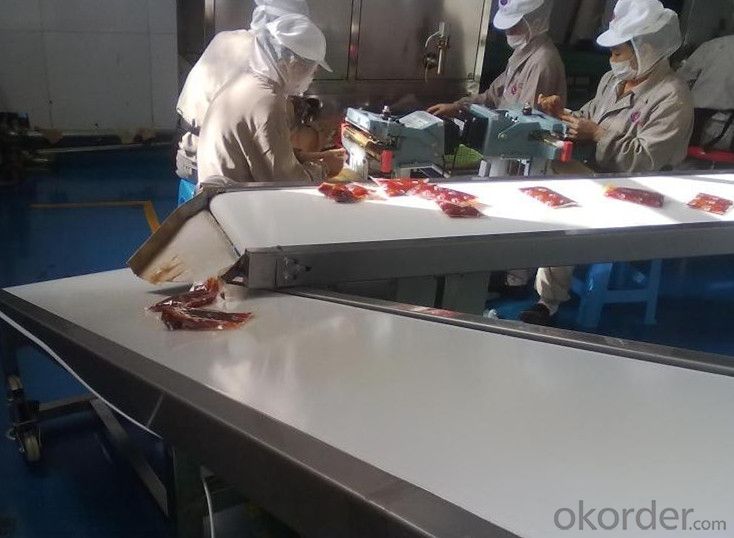
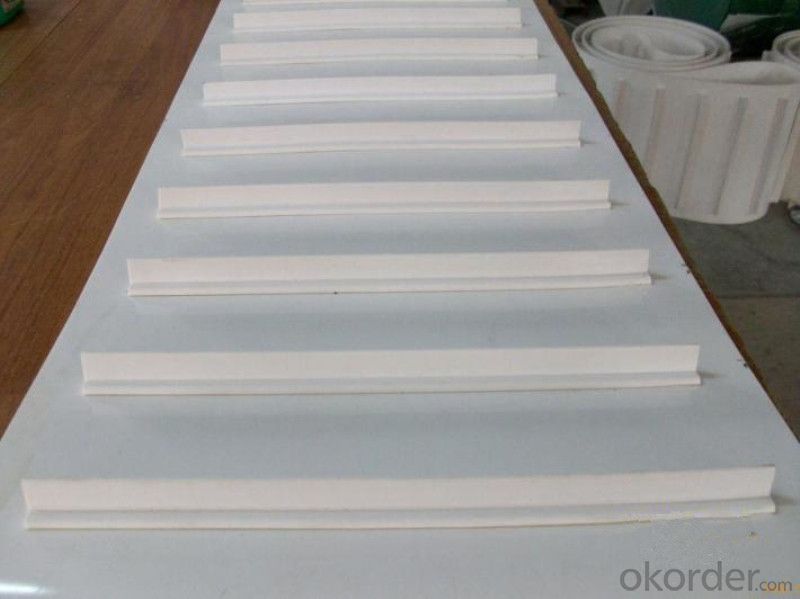
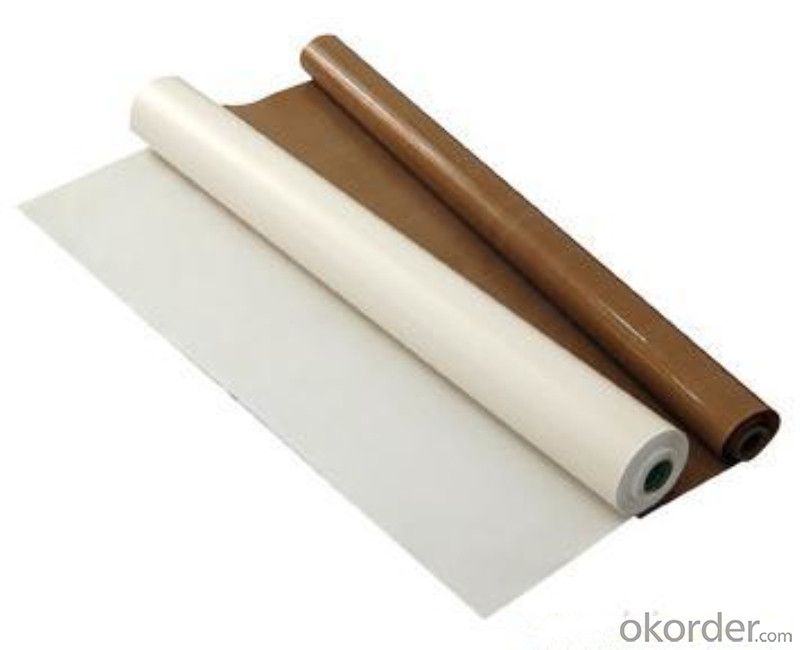
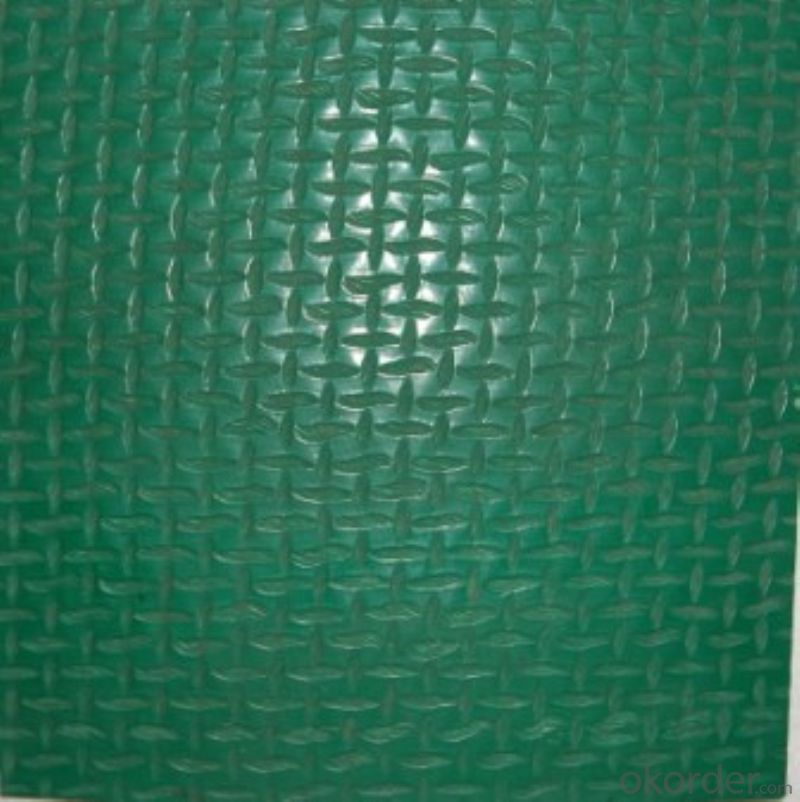
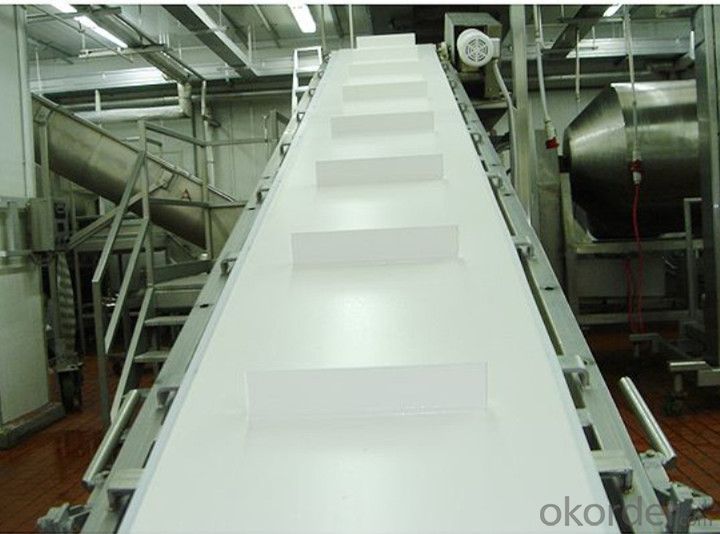
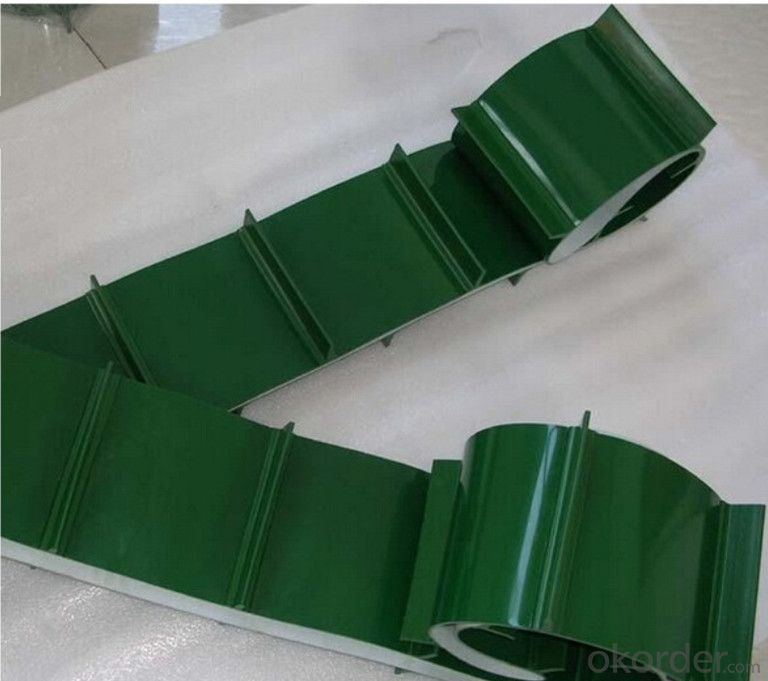
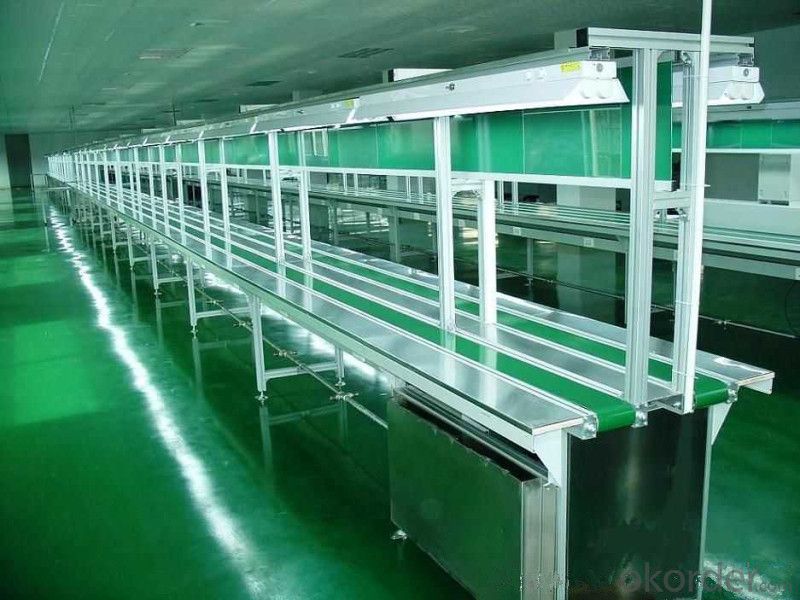
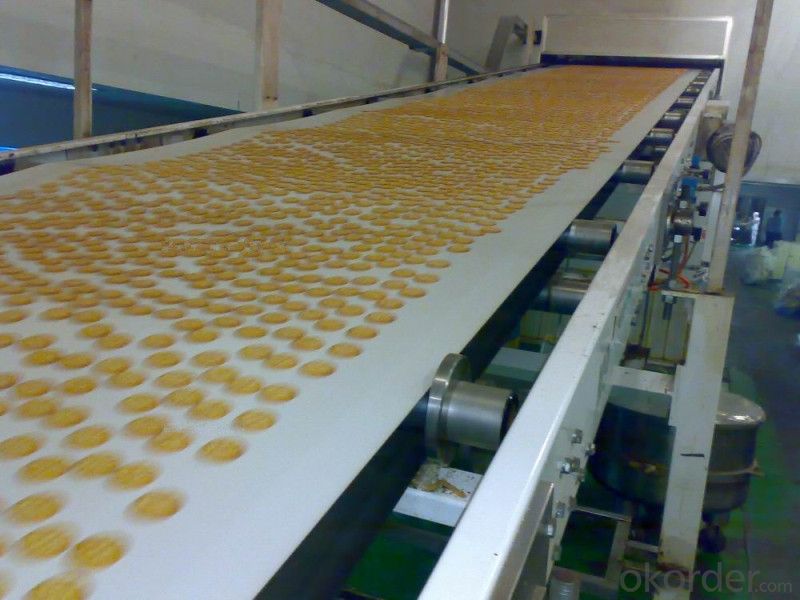
FAQ
1. Which payment do you accept?
For you convenience, our payment can be L/C, TT
2. Is free sample available?
We can supply free samples. You'll just need to pay for express cost.
3. How about your quality?
Quality is the first priority, we have strict quality control system.
1) All raw material we used are environmental freindly
2) Quality Control Department specially responsible for quality checking in each process. We make testing on incoming raw material and finished products. Your third party testing is also welcomed.
3) Skillful workers care every details in handling the producing and packing processes.
Our product quality is accepted by clients from all over the world. Warmly welcome your samples requirement or trail order.
- Q: Can olive nets be used in hot climates?
- Yes, olive nets can be used in hot climates. The nets help protect the olives from direct sunlight and excessive heat, which can negatively impact their quality. Additionally, the nets also aid in reducing evaporation and conserving moisture in the soil, which can be beneficial in hot and arid climates.
- Q: Can olive nets be used in olive groves with varying tree heights?
- Yes, olive nets can be used in olive groves with varying tree heights. Olive nets are flexible and can be adjusted to accommodate different tree heights by simply adjusting the height of the net or using additional support structures. This allows for effective harvesting and protection of the olives regardless of the varying heights in the grove.
- Q: How do plastics weld?
- Plastic welding is limited to thermoplastic welding because only thermoplastics can be melted or softened while they are heated, while thermosetting plastics cannot be softened and remelted while they are heated.Hot air welding oxyacetylene similar to metal, but the latter with the former fire hot air heating. Hot gas welding process, the welding torch from the hot gas stream (typically 200 to 300 degrees Celsius temperature, flow rate of 15 ~ 60L/min) and the filler rod and welding pieces of the heating surface, when the material softening reached sticky state, filling rod continuous pressure into the weld. The filling bar material is the same as that of the base metal, usually round (about 3mm in diameter), and is welded by multiple bead welding. One drawback of the round filling rod is that the hollow bubbles are easily entrapped in the weld during the multi pass process, resulting in lower strength. This problem can be solved by using a triangular section welded rod. Typical materials for hot air welding include polyvinyl chloride, polyethylene, polypropylene, plexiglass, polycarbonate, POM, polystyrene, nylon, ABS and so on. The main advantage of hot gas welding is adaptive (flexibility), portable equipment and processing of large, complex parts can be simple. Hot air welding is suitable for irregular structures, but it is slow and the quality of welding depends largely on the skill of the operator. Therefore, it is seldom used in mass production, but it is suitable for repair operation.
- Q: Can olive nets be used for olive tree disease management?
- No, olive nets are primarily used for harvesting olives and protecting them from birds, rather than for disease management.
- Q: Can olive nets be used for both traditional and hydroponic olive farming?
- Yes, olive nets can be used for both traditional and hydroponic olive farming. Olive nets are typically used to protect the olives from birds and other pests, regardless of the farming method. Whether the olives are grown traditionally in soil or hydroponically in a nutrient-rich solution, the nets serve the same purpose of safeguarding the crop.
- Q: Can olive nets be used for both manual and mechanical harvesting methods?
- Yes, olive nets can be used for both manual and mechanical harvesting methods. Olive nets are versatile and can be set up to catch olives during manual harvesting by handpicking them from the trees. Additionally, they can also be used in conjunction with mechanical shakers or harvesters, where the olives are mechanically shaken or stripped from the trees and fall onto the nets.
- Q: Can olive nets be used for organic olive farming?
- Yes, olive nets can be used for organic olive farming. Olive nets are commonly used in organic farming practices to protect the olives from birds, which helps prevent damage and ensures a higher yield.
- Q: How do olive nets prevent olives from being pecked by birds?
- Olive nets prevent olives from being pecked by birds by creating a physical barrier between the fruit and the birds. The nets are placed over the olive trees or orchards, completely enclosing them and preventing birds from reaching the olives. This helps protect the olives from damage or loss due to bird pecking, ensuring a higher yield and better quality of harvest.
- Q: How do olive nets prevent olives from getting damaged during rain or hailstorms?
- Olive nets prevent olives from getting damaged during rain or hailstorms by providing a protective barrier between the olives and the falling precipitation. The nets act as a shield, intercepting the rain or hail and preventing it from directly hitting the olives. This helps to minimize the impact and potential damage caused by the force of the falling water or ice, preserving the quality and integrity of the olives.
- Q: How do olive nets prevent damage from strong sunlight?
- Olive nets prevent damage from strong sunlight by providing shade and reducing the direct exposure of the olive trees to the intense rays of the sun. This helps to regulate the temperature and moisture levels around the trees, minimizing the risk of sunburn and dehydration. Additionally, the nets act as a barrier, blocking harmful ultraviolet (UV) rays that can cause damage to the leaves and fruits.
Send your message to us
High Quality Food Approved White PU / PVC Conveyor Belts
- Loading Port:
- China main port
- Payment Terms:
- TT OR LC
- Min Order Qty:
- 10 m²
- Supply Capability:
- 6000000 m²/month
OKorder Service Pledge
OKorder Financial Service
Similar products
Hot products
Hot Searches
Related keywords
